(By Khalid Masood)
The Kashmir Dispute, one of the world’s most intractable and enduring conflicts, has profoundly shaped the geopolitical landscape of South Asia since the tumultuous partition of British India in 1947. At its core, the dispute is rooted in a complex tapestry of competing nationalisms, divergent religious identities, and overlapping strategic interests of regional and global powers. The princely state of Jammu and Kashmir, with its Muslim-majority population and Hindu ruler, became the epicenter of a bitter contest between the newly formed dominions of India and Pakistan, each laying claim to the territory on historical, legal, and ideological grounds. Over the decades, this struggle has ignited three full-scale wars—1947-48, 1965, and 1999—along with countless skirmishes, cross-border artillery duels, and covert operations, making the Line of Control (LoC) one of the most militarized borders in the world. The conflict has inflicted profound human suffering, with generations of Kashmiris enduring violence, displacement, and political repression. Despite a series of United Nations (UN) resolutions advocating a plebiscite to allow the Kashmiri people to determine their own future, the dispute remains unresolved. Today, India administers roughly 55% of the territory, Pakistan controls about 30%, and China holds the remaining 15%, creating a complex and volatile tripartite dynamic. The Kashmir issue continues to serve as a flashpoint for regional instability, nuclear brinkmanship, and international diplomatic concern, underscoring its centrality to the peace and security of South Asia.
1. Historical Roots: From Dogra Rule to Partition
The modern Kashmir Dispute traces back to the 1846 Treaty of Amritsar, when the British sold Kashmir to Maharaja Gulab Singh, a Dogra Hindu ruler, for Rs. 7.5 million, creating the princely state of J&K. This Muslim-majority region, encompassing the Kashmir Valley, Jammu, Ladakh, and northern areas, was governed oppressively under Dogra rule, with Muslims facing forced labor (begar) and systemic exclusion. By the 1920s, Kashmiri Muslims mobilized against this regime, envisioning a post-Dogra future aligned with the Indian nationalist movement or independence.
The 1947 partition of British India, based on religious demographics, allocated Muslim-majority areas to Pakistan and Hindu-majority areas to India. J&K, with a 77% Muslim population, was a princely state, its ruler, Maharaja Hari Singh, given the choice to accede to India, Pakistan, or remain independent. Hari Singh’s indecision, coupled with a rebellion in Poonch and an invasion by Pakistani tribesmen, led to his signing the Instrument of Accession to India on October 26, 1947, in exchange for military aid. Pakistan contested this as coerced, citing the state’s Muslim majority and economic ties. The ensuing First Indo-Pak War (1947–48) ended with a UN-brokered ceasefire, establishing the LoC and dividing J&K. UN Security Council Resolution 47 (April 21, 1948) called for a plebiscite to determine Kashmiri self-determination, a promise unfulfilled due to mutual distrust and differing interpretations of demilitarization.
2. The Case for Pakistan: Lamb’s Economic and Cultural Arguments
Professor Alastair Lamb’s Kashmir: A Disputed Legacy 1846–1990 argues that J&K’s accession to Pakistan was logical based on cultural, economic, and geographic factors:
- Muslim Majority: J&K’s 77% Muslim population aligned with Pakistan’s identity, contiguous to Punjab’s Muslim-majority province.
- Economic Linkages: The region’s economy depended on Pakistan, with trade routes via Sialkot and Rawalpindi. The only railway linked Jammu to Sialkot, and the Jhelum Valley road was the primary communication channel, unlike the snow-blocked Pir Panjal route to India.
- Water Resources: The Indus, Jhelum, and Chenab rivers, vital for Pakistan’s agriculture (70% of its GDP in 1947), flowed through J&K. The 1960 Indus Waters Treaty allocated these rivers to Pakistan, underscoring their importance. Recent Indian threats to revisit the treaty, as noted in 2025, risk escalating tensions.
Lamb concludes that a rational partition should have awarded most of J&K to Pakistan, a view echoed by Pakistan and Kashmiri separatists. The coerced accessions of Junagadh and Hyderabad to India, despite their Muslim rulers’ preferences for Pakistan, further fuel Pakistan’s narrative of Indian overreach.
3. India’s Position: Legal and Political Claims
India asserts that the Instrument of Accession, signed by Hari Singh, legally integrated J&K into the Indian Union, validated by the Indian Independence Act (1947) and ratified by J&K’s Constituent Assembly in 1954. India argues:
- The accession was a response to Pakistani aggression via tribal invasion, necessitating Indian military support.
- Kashmir’s elected governments and participation in Indian elections (despite low turnouts) reflect popular consent.
- UN Resolution 1172 (1998) implicitly supports resolving disputes bilaterally, rendering the plebiscite outdated.
India views J&K as integral to its secular identity, fearing that ceding a Muslim-majority state would undermine its multi-religious ethos. The 2019 abrogation of Article 370, which granted J&K autonomy, and its reorganization into two union territories (Jammu & Kashmir and Ladakh) aimed to illegally and unethically integrate the region fully into mainland India, though it sparked global criticism for altering a disputed territory’s status.
4. The Human Cost: Militarization and Rights Violations
The Kashmir Valley, home to 9 million, is one of the world’s most militarized zones, with over 500,000 Indian troops deployed. Arundhati Roy’s 2006 critique, labeling India’s democracy a “myth” in Kashmir, highlights the human toll: 80,000 deaths since 1989, 8,000 enforced disappearances, and widespread torture, per UN OHCHR reports (2018–19). Draconian laws like the Armed Forces Special Powers Act (AFSPA), Public Safety Act (PSA), TADA, and POTA enable indefinite detentions, as seen in the case of Yasin Malik, Jammu Kashmir Liberation Front (JKLF) leader, jailed since 2019 despite renouncing violence in 1995.
India restricts access to independent bodies like the Organization of Islamic Cooperation (OIC), Human Rights Watch, and Amnesty International, which ceased operations in India in 2020 after government pressure. Reports document curbs on free worship, particularly during Ramadan, and demographic changes via domicile law changes post-2019, allowing non-residents to settle in J&K. Pakistan-administered Kashmir (Azad Kashmir and Gilgit-Baltistan) also faces criticism for restricted political freedoms, though on a smaller scale.
The Kashmiri Pandit exodus (1990), where 100,000–150,000 Hindus fled the Valley amid militant violence, remains a wound, with India accusing Pakistan of supporting insurgents. Pakistan denies this, framing militancy as a local uprising against Indian occupation. Both sides’ narratives obscure the Kashmiri people’s agency, as scholar A.G. Noorani notes, with 87% of Srinagar residents favoring independence in a 2007 poll.
5. UN Resolutions and the Plebiscite Impasse
UNSC Resolution 47 (1948) and subsequent resolutions (1948–49) mandated a plebiscite after Pakistani withdrawal and Indian troop reduction. India insists Pakistan vacate first, citing its role as the aggressor, while Pakistan demands simultaneous demilitarization, fearing Indian manipulation. The deadlock persists, with India arguing that elections suffice and Pakistan upholding the UN’s self-determination principle. Neutral observers, including former UN officials, deem the resolutions outdated, yet the OIC and Pakistan continue invoking them. The UN Military Observer Group in India and Pakistan (UNMOGIP) monitors the LoC but lacks enforcement power.
6. Failed Diplomacy and Bilateral Efforts
Decades of diplomacy—Nehru-Liaqat talks (1950), Bhutto-Swaran Singh parleys (1962–63), Musharraf-Vajpayee dialogues (2001–04), and the Composite Dialogue (1997–2008)—yielded no resolution. Proposals like the McNaughton Plan (1949), Dixon Report (1950), and Graham Mission (1951) faltered due to India’s insistence on bilateralism and Pakistan’s push for international mediation. The 1972 Simla Agreement emphasized bilateral talks, but India’s reluctance to negotiate Kashmir as a core issue stalled progress. Pakistan’s “Chenab Formula” (2006), proposing a plebiscite in the Kashmir Valley and splitting Jammu, was rejected by India as altering borders.
The Indus Waters Treaty, a rare success, faces strain after India’s 2025 threats to reconsider it, following a militant attack in Pahalgam (April 2025) killing 26. Operation Sindoor, India’s retaliatory strikes on May 6, 2025, and Pakistan’s counteroperation escalated tensions, ending with a U.S.-brokered ceasefire on May 10. US President Donald Trump’s 2019 mediation offer, reiterated in 2025, was welcomed by Pakistan but rejected by India, which views external involvement as infringing sovereignty.
7. Geopolitical Dimensions: Nuclear Risks and Global Stakes
As nuclear-armed states, India and Pakistan’s 170 warheads each (SIPRI, 2025) make Kashmir a global flashpoint. The 1999 Kargil War, fought under a nuclear shadow, and cross-LoC skirmishes (e.g., 2019 Balakot airstrikes) underscore escalation risks. China’s control of Aksai Chin and its Belt and Road investments in Gilgit-Baltistan add complexity, with India accusing China of altering the status quo. The U.S., while urging restraint, avoids direct mediation, focusing on counterterrorism and trade ties with India.
India’s 2019 abrogation of Article 370 and subsequent lockdown drew UNSC attention, with three meetings highlighting Kashmir’s international status. Pakistan’s advocacy at the OIC and UN, contrasted with India’s economic clout (GDP $4.27 trillion vs. Pakistan’s $340 billion), shapes global responses.
8. Economic and Strategic Importance
Kashmir’s resources—water, hydropower (20 GW potential), and tourism ($1 billion annually pre-2019)—are vital. Pakistan’s agriculture depends on J&K’s rivers, while India leverages the Valley’s strategic location against China and Pakistan. The LoC’s 740-km divide disrupts trade routes, with Pakistan-administered Kashmir’s economy (GDP $6 billion) lagging India’s J&K ($24 billion). Both sides’ military spending (India: $81 billion, Pakistan: $10 billion, 2024) diverts resources from development.
9. Humanitarian Crisis and Kashmiri Aspirations
The Kashmiri people, numbering 9 million, are the dispute’s primary victims. India’s post-2019 policies—detaining 4,000, internet shutdowns (550 days), and domicile changes—aim to suppress dissent but fuel alienation. Pakistan’s Azad Kashmir, while less militarized, restricts political dissent, with Gilgit-Baltistan seeking provincial status. A 2007 poll showed 87% of Kashmir Valley residents favoring independence, contrasting with Jammu’s Hindu-majority (95% pro-India) and Ladakh’s Buddhist contentment.
Yasin Malik’s incarceration, despite his nonviolent stance, and the prosecution of Arundhati Roy for questioning India’s democracy, reflect stifled dissent. The OIC’s 2020 resolution condemned India’s demographic changes, while Amnesty International’s 2020 exit from India highlighted censorship. Kashmiri youth, facing unemployment (25% in 2024) and pellet-gun injuries (6,000 since 2016), drive resistance, from stone-pelting to digital activism.
10. Pathways Forward: Challenges and Solutions
Resolving the Kashmir Dispute requires addressing legal, moral, and humanitarian dimensions:
- Plebiscite: Implementing UN resolutions remains ideal but impractical without demilitarization agreement. A regional referendum, as proposed by the UN in 2019 discussions, could test Kashmiri will.
- Dialogue: Reviving the Composite Dialogue with a Kashmir-specific track, involving Kashmiri leaders like the Hurriyat Conference, is essential. Pakistan’s consistent calls for talks contrast with India’s post-2019 unilateralism.
- Demilitarization: Reducing India’s 500,000 troops and repealing AFSPA could build trust, alongside Pakistan curbing militant support.
- Human Rights: Allowing OIC, UN OHCHR, and media access to J&K would ensure transparency. Releasing political prisoners like Malik and restoring internet access are urgent.
- Economic Integration: Joint projects, like hydropower under the Indus Waters Treaty, could foster cooperation, leveraging J&K’s $1 billion tourism potential.
- International Role: While India resists mediation, a neutral facilitator (e.g., Norway) could bridge gaps, as Trump’s 2019 offer suggested. China’s stake in Aksai Chin necessitates its inclusion.
11. Conclusion: A Moral and Strategic Imperative
The Kashmir Dispute is not merely a territorial contest but a humanitarian tragedy rooted in unfulfilled promises of self-determination. India’s claim, anchored in the Instrument of Accession, clashes with Pakistan’s cultural and economic arguments, as articulated by Lamb, and the Kashmiri people’s aspirations, voiced by figures like Roy. With 80,000 lives lost and nuclear risks looming, the status quo imperils South Asia’s stability. As Quaid-e-Azam Jinnah said, “Kashmir is the jugular vein of Pakistan,” yet it is also India’s “crown jewel” and the Kashmiri people’s homeland. Only through dialogue, demilitarization, and respect for Kashmiri agency can this 78-year wound heal, ensuring peace for 1.9 billion South Asians

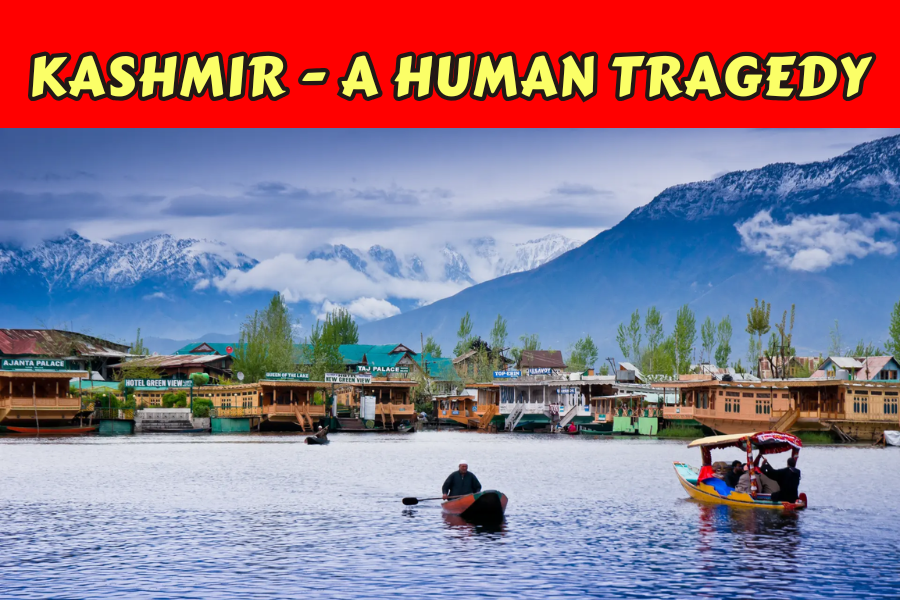
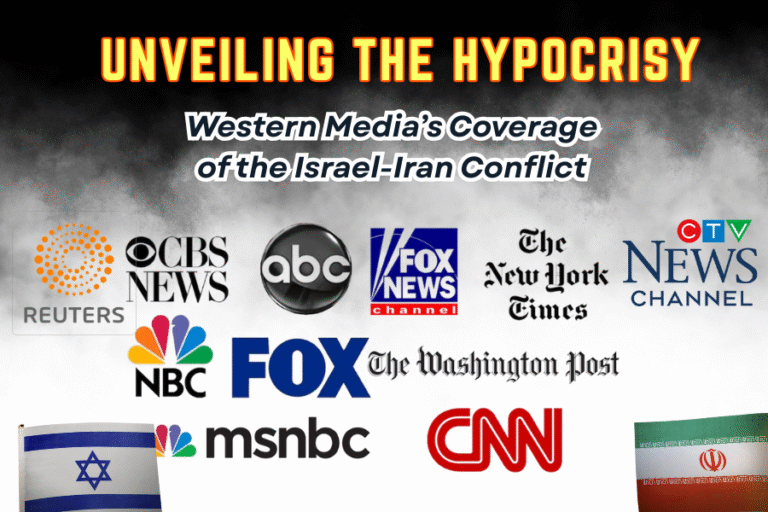
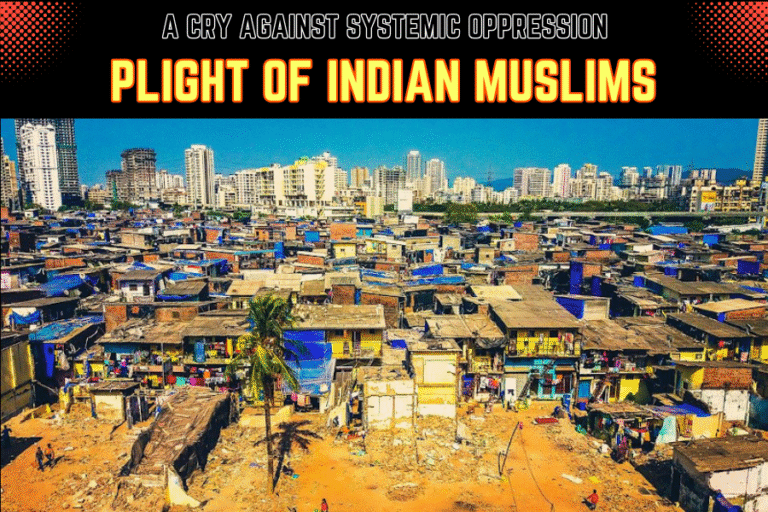
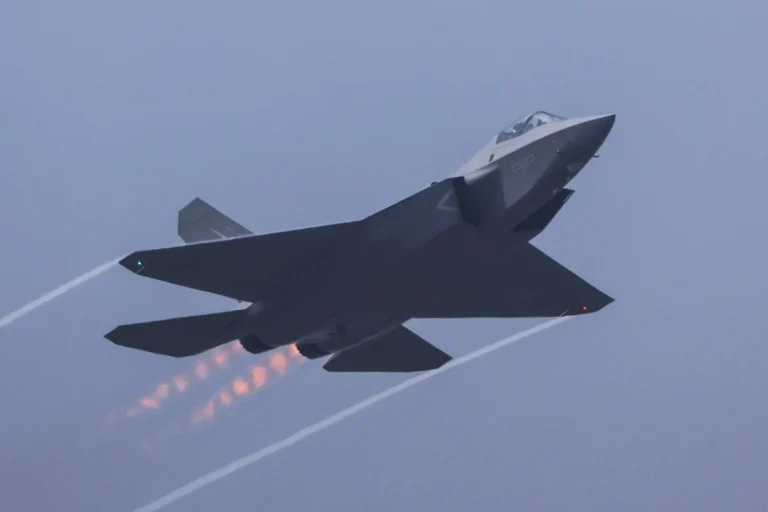
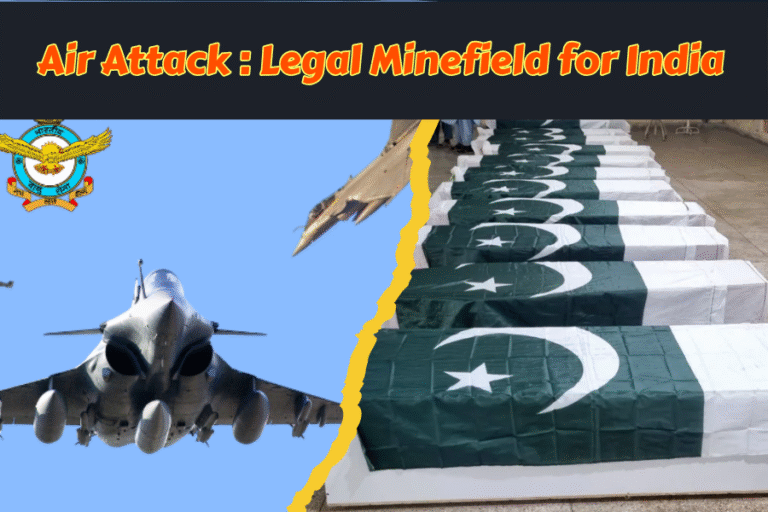
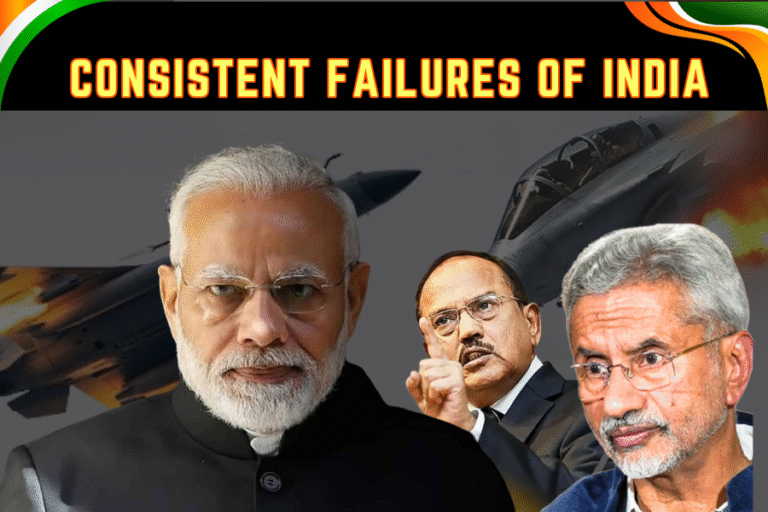
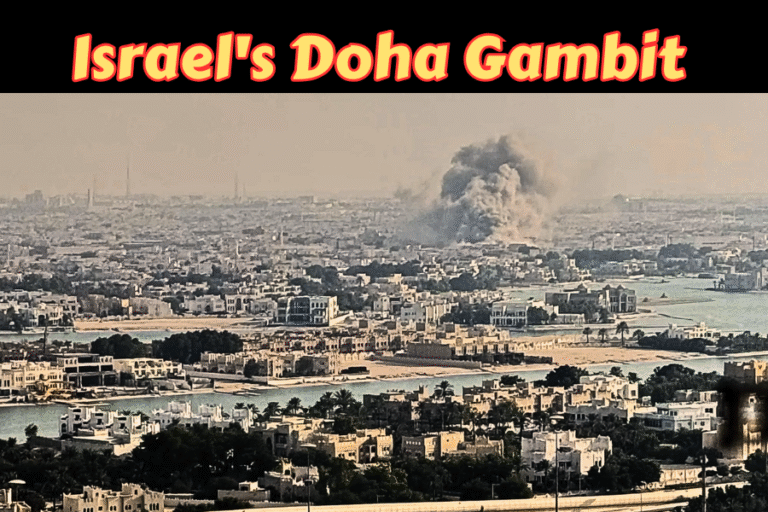
I’d have to examine with you here. Which isn’t something I normally do! I enjoy studying a put up that will make folks think. Additionally, thanks for permitting me to comment!